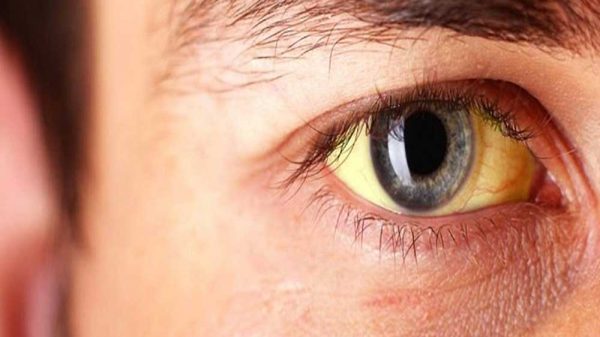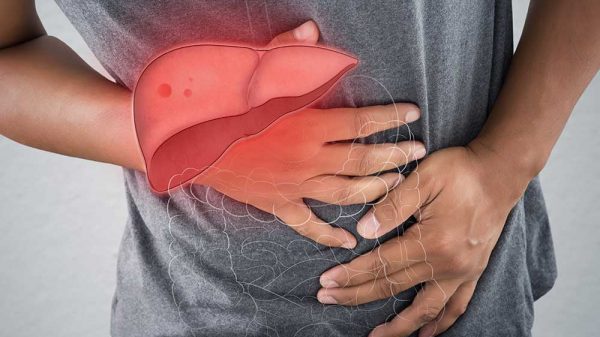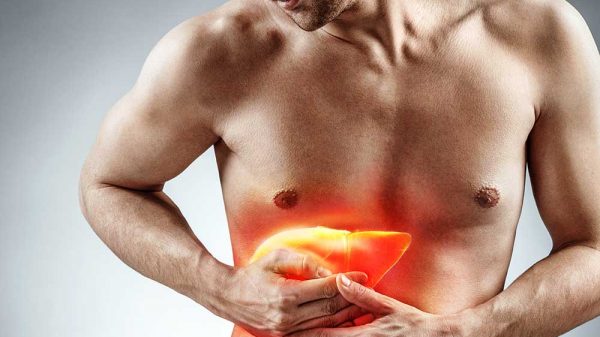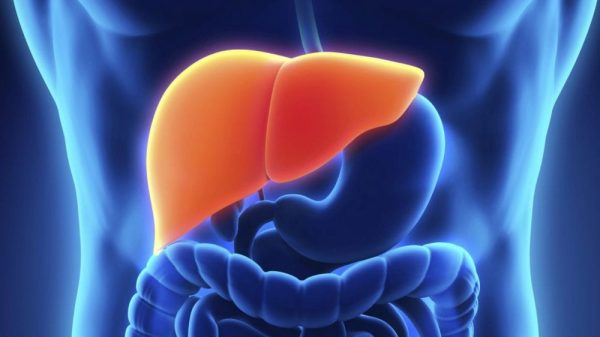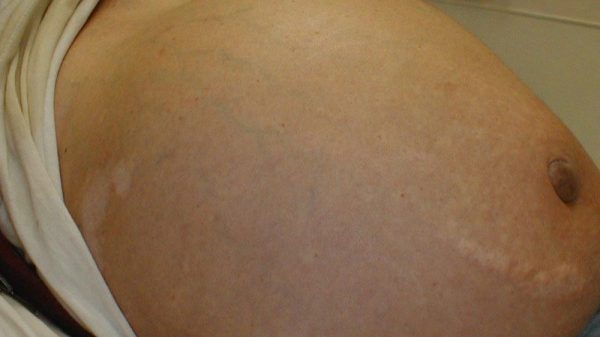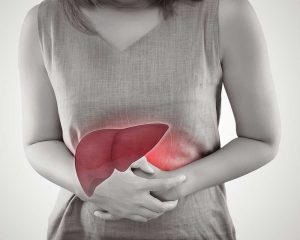Who would not be scared to see their newborn sickly with a yellow hue on the palms and soles? Who would not be scared to see their infant’s eye turn yellow instead of white? Surprisingly, this is what happens to 60 percent of newborn infants in America. But then, you can prevent it from happening to your child. More so, when it happens, there are ways to treat it. Is jaundice something to worry about in infants? Is it life-threatening? Well, there are two types of jaundice in newborn infants. We have physiological jaundice and pathologic jaundice (also called cholestatic jaundice). Physiologic jaundice is usually not life-threatening, but pathologic jaundice can be.
So then, if your infant has cholestatic jaundice, it calls for prompt attention and immediate concern. Physiologic jaundice may resolve on its own without treatment, but that is not the case with pathologic jaundice. It does not resolve spontaneously. The pathologic condition that caused jaundice must be treated before jaundice can clear out. The pathologic condition, in the case of cholestatic jaundice, is liver disease and that is a very serious condition. It is unlikely for your infant to have physiologic jaundice after the first two weeks of their life, but cholestatic jaundice can develop at any given time.
Physiologic Jaundice Is Not Life-Threatening
Physiologic jaundice happens very frequently. More infants have it than those who do not. But only one out of every 100 infants with physiologic jaundice would have to stay on hospital admission due to the condition.
This shows you that it is often not a serious condition. Sometimes jaundice appears not long after the baby is born, even before they discharge mother and child from the hospital. And in some other cases, it develops after they have been discharged.
Usually, cases of physiologic jaundice happen within the first two weeks of life. After that, it is unlikely that your infant would have physiologic jaundice.
The cause of physiologic jaundice is very clear. It happens if the production of bilirubin increases or if there is impairment in its uptake. This leads to excess bilirubin in the infant’s blood. Doctors call this condition unconjugated hyperbilirubinemia.
In some cases, the proteins in the breast milk may be so large that they block the infant’s liver from carrying out the breakdown of bilirubin. This kind of jaundice that is induced by breast milk is quite rare. But it is often not severe or life-threatening.
Who’s At Risk?
Physiologic jaundice indeed affects most infants, but several factors can increase your infant’s risk. The following children are at more risk of having jaundice:
- Breast-fed babies
- Infants of diabetic mothers
- Premature children
- Low birth-weight
- East-Asian origin
- Previous sibling(s) has had jaundice
- Babies born in a place with high altitude
Mind you, the fact that breastfeeding increases the risk of physiological jaundice does not mean formula is better than breastmilk. It is still better to breastfeed your child than to feed him/her with formula. Remember that physiologic jaundice is not usually life-threatening.
The only time that you should be concerned is when the bilirubin levels rise above 25mg/dL. At this point, bilirubin may enter into the brain of the infant and cause neurologic dysfunction. That is why doctors usually monitor the bilirubin levels of infants with physiologic jaundice. They do this to make sure things are in check while they wait for jaundice to clear out.
Pathologic Jaundice in Infants Is Life-Threatening
Remember that physiologic jaundice is called unconjugated bilirubinemia. This is because the excess bilirubin in the blood is unconjugated. That is why it is not life-threatening.
In the case of pathologic (cholestatic) jaundice, however, the excess bilirubin in the blood is usually conjugated bilirubin. This bilirubin is water-soluble and can be very injurious to the infant’s health.
When there is excess conjugated bilirubin in the blood of an infant, as in the case of cholestatic jaundice, it indicates a problem with the functions of the liver and/or bile duct.
1 out of every 2,500 infants usually has cholestatic jaundice. If the case is very severe, the infant may need a liver transplant.
The most common cause of pathologic (cholestatic) jaundice is called biliary atresia. This is when there is an obstruction in the bile duct without involving the liver. If you don’t treat this condition properly, it could claim the child’s life within just two years.
Sometimes, however, the pathology may be a metabolic or genetic disorder. Certain medications and infections could also cause cholestatic jaundice in infants.
Some of the symptoms you see in an infant with cholestatic jaundice include the common symptoms of neonatal jaundice. They are as follows:
- Yellow skin
- Clay-colored or pale stools
- Dark urine
- Yellow sclera
Every case of infant jaundice must be reported to a doctor for proper evaluation and treatment. If the doctor diagnoses cholestatic jaundice, the infant must be referred immediately to a pediatrician for proper treatment and expert care.
Anyways, when a new child is born, doctors would examine the child every 12 hours for jaundice until the mother and child are discharged. They would test the child’s bilirubin levels and check for signs of jaundice.
That way, they can detect early enough if there is either pathological or physiological jaundice. And they would be able to give appropriate monitoring and treatment.
How to Treat Jaundice in an Infant
The first line of treatment for jaundice is called phototherapy. The infant will be put under a special light so that the skin can absorb the light. This light aids the breakdown of bilirubin by oxidation and thus, lowers its levels in the blood.
But if it is physiologic jaundice, the doctor may not do anything. They may just wait to observe while they carry out follow-up tests to monitor the bilirubin level. In the case of pathologic jaundice however, they take immediate actions. In very severe cases, they may have to carry out and exchange blood transfusion or a liver transplant to save the infant’s life.
